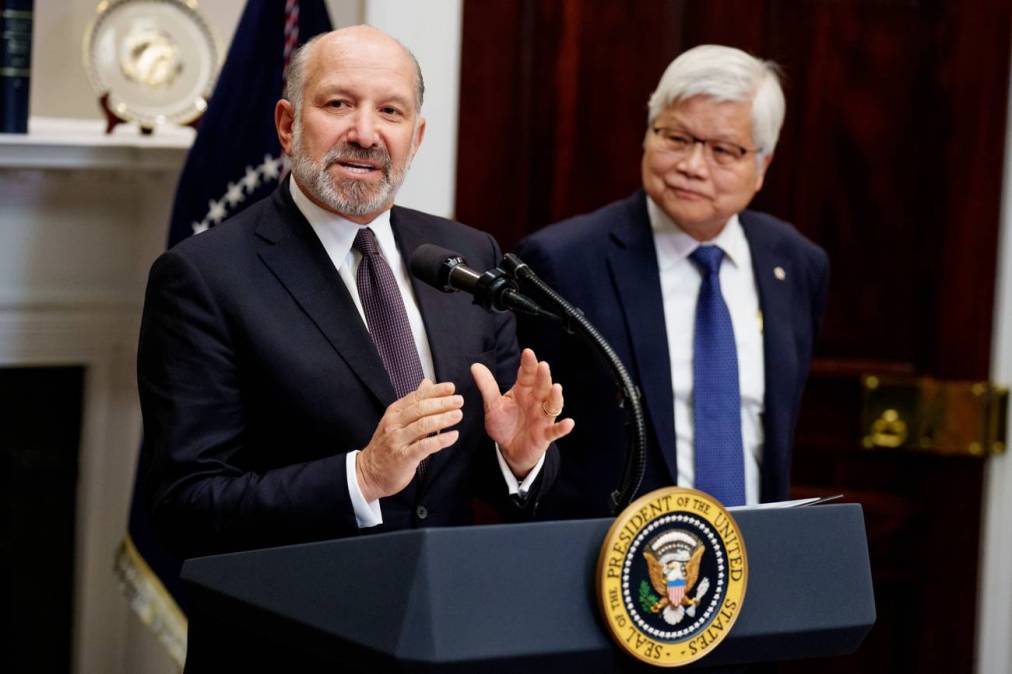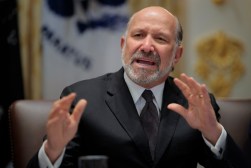House Democrats want Commerce Dept. to clarify rules for BEAD nondeployment funds

In a letter addressed to Commerce Secretary Howard Lutnick and Arielle Roth, administrator of the National Telecommunications and Information Administration, 10 Democrats from the House of Representatives are asking for clarification on how states can use “nondeployment” funds they are set to soon receive through the federal Broadband Equity, Access and Deployment program.
The letter, sent Tuesday and spearheaded by Rep. April McClain Delaney, of Maryland, notes that the new BEAD program rules Commerce released in June left “several critical aspects” of the program unclear. Namely, the letter asks for clarification on how states can use their BEAD funding for projects not directly related to building out new fiber networks or installing wireless towers. Originally, the program authorized states to use some BEAD funds for nondeployment activities like bolstering public services tied to broadband access, such as workforce development, telehealth, cybersecurity and digital literacy.
But the new guidance, the lawmakers pointed out, rescinded any approvals the NTIA had issued under the Biden administration, yet did has not offered its own rules for those funds. Commerce’s new rules hold that states need only supply details on the use of BEAD funds for deployment projects. But the representatives’ letter notes that states have been “diligently developing their applications for years,” ahead of NTIA’s Sept. 4 deadline for states to submit their BEAD final proposals.
“The law is clear: BEAD funding is not limited to broadband infrastructure deployment,” their letter reads. “Federal statute explicitly authorizes its use for a broad range of nondeployment activities that are essential to achieving the goals of the program. Congress deliberately provided this flexibility to address the full scope of the digital divide, including affordability, accessibility, adoption, and digital readiness.”
Over the last several weeks, most states have published their BEAD plans for public comment ahead of the deadline, also sharing which mix of technologies would bring internet access to all. Some states, like Texas and Tennessee, saw satellite providers like SpaceX’s Starlink bid on nearly all available locations, while others proposed a more varied mix of fiber, fixed wireless and satellite. Two states with especially large programs, California and Texas, have been granted an extension until October for submitting their final proposals.
While final proposals do not require plans for how the states would spend their “nondeployment” funds, Delaney and her colleagues urged the NTIA to provide timely and specific guidance so that states can make informed decisions that maximize the impact of BEAD funding. They requested a response by Sept. 2.
“Broadband deployment is critical; however, its long-term success requires parallel investments in the foundational nondeployment activities that enable effective implementation and adoption,” the letter continues. “Workforce development and employment, digital safety education, support for remote learning and telehealth and the other nondeployment activities approved under the original NOFO are foundational to delivering secure, high-speed internet to our most underserved communities. Nondeployment investments don’t simply complement infrastructure but rather they strengthen States’ projects and holistic connectivity.”






